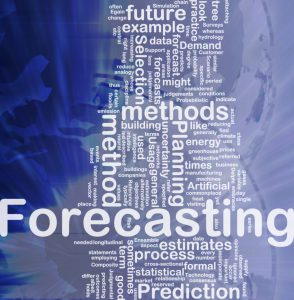How Innovative is MAP for Predicting Flooding?
Predicting Flooding
Existing solutions for predicting flooding are heavily reliant on the use of complex models that are very expensive and time-consuming to build. In addition, these models can be too complex to readily run in real time conditions.
The Meniscus approach looks to replace this by using existing datasets and models wherever possible to build up simplified models that can be run in real time.
These simplified models can then be improved upon using a combination of machine learning and by using additional datasets (like satellite imagery) to improve the assumptions and variable on which the models are built. Consequently, this approach is ideal for delivering real-time flooding information for a large number of relatively small catchments (it is assumed that the existing more complex models will cover known flooding hotspots).
The use of the algorithms already developed in MAP to track existing rainfall and predict its course over the next hour will enable the solution to rapidly respond to the development of short summer high-intensity rain events rather than relying on forecasts that are notoriously poor at forecasting such events.
MAP itself is a new and highly innovative platform (the development was initially part funded by InnovateUK in 2014) and its structure is specifically developed to allow rapid development and changes to the underlying database structure and models. It is cloud based with a comprehensive RESTful web service interface making it possible for third parties to interact with it.

